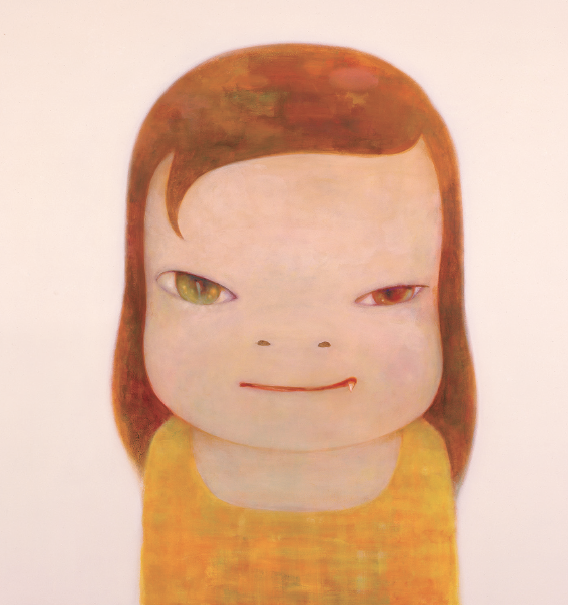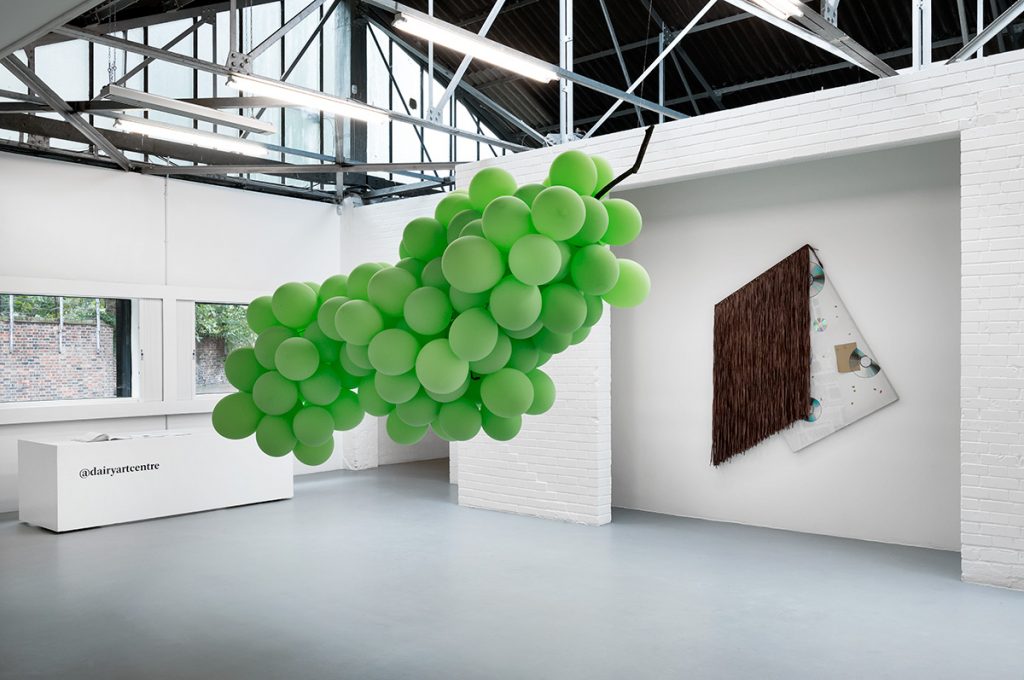25 April – 17 August 2013
JOHN M. ARMLEDER

John M Armleder, Y Raid, 2013. Installation view of Quicksand, 2013 at Dairy Art Centre. Photo: Paul Raeside

John M Armleder, Untitled, Light Pile 111 (Furniture Sculpture), 1995. Installation view of Quicksand, 2013 at Dairy Art Centre. Photo: Paul Raeside

John M. Armleder, Quicksand, 2013, installation view at Dairy Art Centre. Photo: Paul Raeside



John M. Armleder, Quagmire II, 2013. Installation view of Quicksand, 2013 at Dairy Art Centre. Photo: Matthew Hollow

John M Armleder has had solo exhibitions at prestigious public institutions such as Tate Liverpool; Kunstverein Hannover; MAMCO, Geneva; Kunsthalle Zürich; Casino Luxembourg; Le Consortium, Dijon; Secession, Vienna; Villa Arson, Nice; Kunstverein Düsseldorf; Musée d’Art Moderne de la Ville de Paris; Kunstmuseum Basel and GAMeC in Bergamo. In addition to representing Switzerland at the 1986 Venice Biennale, the artist participated in Documenta 8 the following year. His works have been shown in group exhibitions at MoMA New York; Le Centre Pompidou, Paris; Punta della Dogana/Palazzo Grassi, Venice; Kunstmuseum St. Gallen; CAM, St. Louis; Kunstmuseum Wolfsburg; CAPC, Bordeaux; Kunsthalle Wien; Museum Ludwig, Cologne Museum für Gegenwartskunst, Basel.






